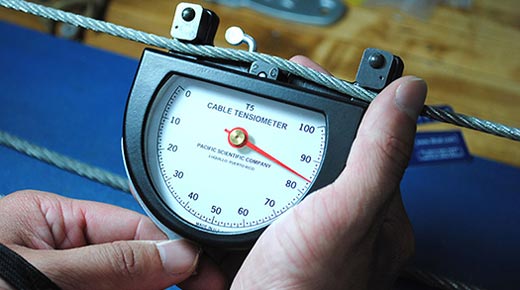‘You take 10 parts and have three operators measure each two times.”
|
ADVERTISEMENT |
This standard approach to a gage repeatability and reproducibility (GR&R) experiment is so common, so accepted, so ubiquitous, that few people ever question whether it is effective. Obviously, one could look at whether three is an adequate number of operators or two an adequate number of replicates, but in this first of a series of posts about “gauging gage,” I want to look at 10. Just 10 parts. How accurately can you assess your measurement system with 10 parts?
Assessing a measurement system with 10 parts
I’m going to use a simple scenario as an example. I’m going to simulate the results of 1,000 GR&R studies with the following underlying characteristics:
1. There are no operator-to-operator differences, and no operator/part interaction.
2. The measurement system variance and part-to-part variance used would result in a %Contribution of 5.88 percent, between the popular guidelines of <1% being excellent and >9% being poor.
…

Comments
GRR
Whether you measure 5, 10 or 10,000 parts you are already inferring that the data set is homogenous when you go on to calculate the summary statistics to estimate the process parameters. The first task is to construct a control chart to understand whether you have homogeniety in the data set.
If you dont have homogeniety you will need to deal with it there before you even contemplate moving forward because any statistics you compute will be meaningless.
Add new comment